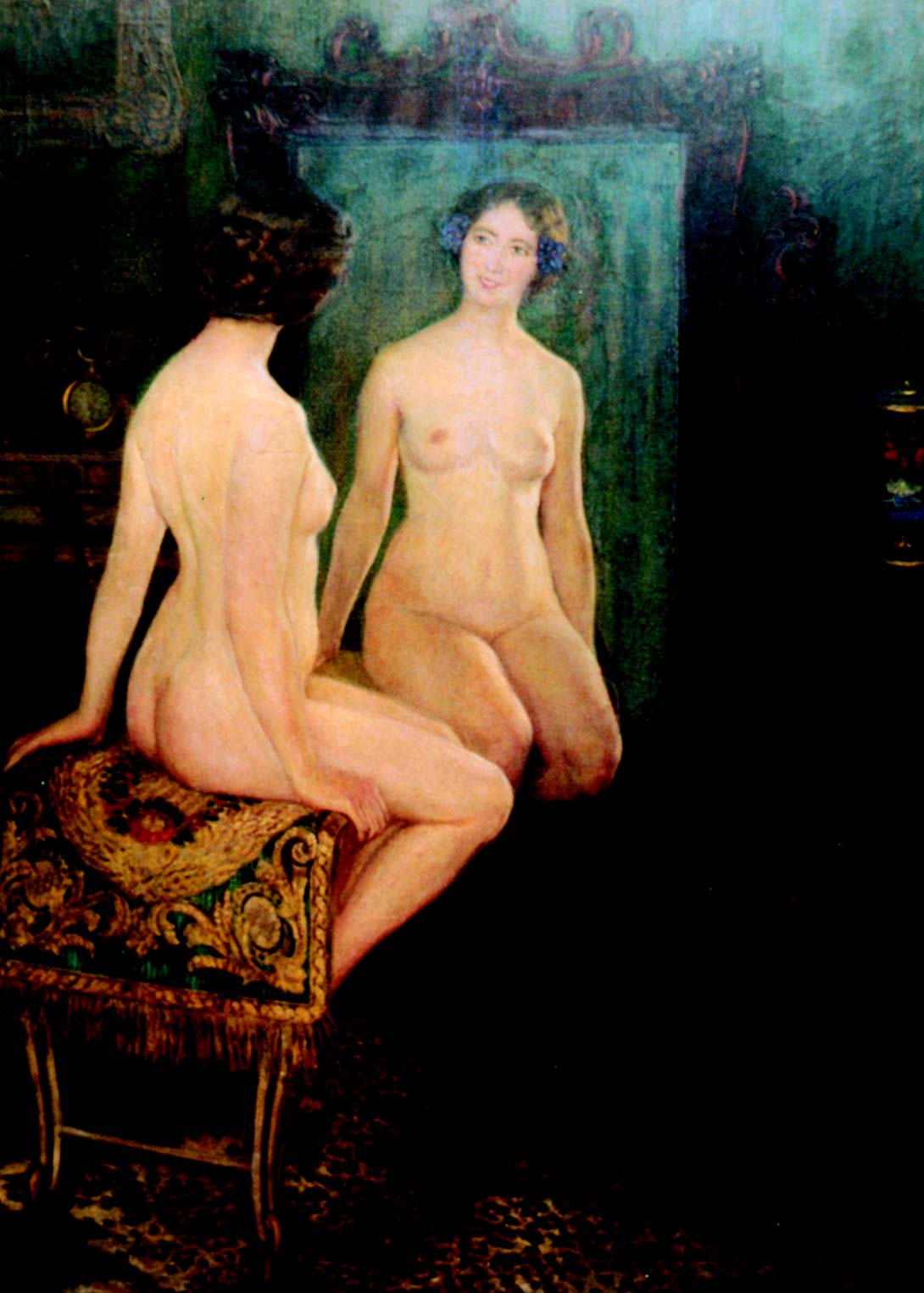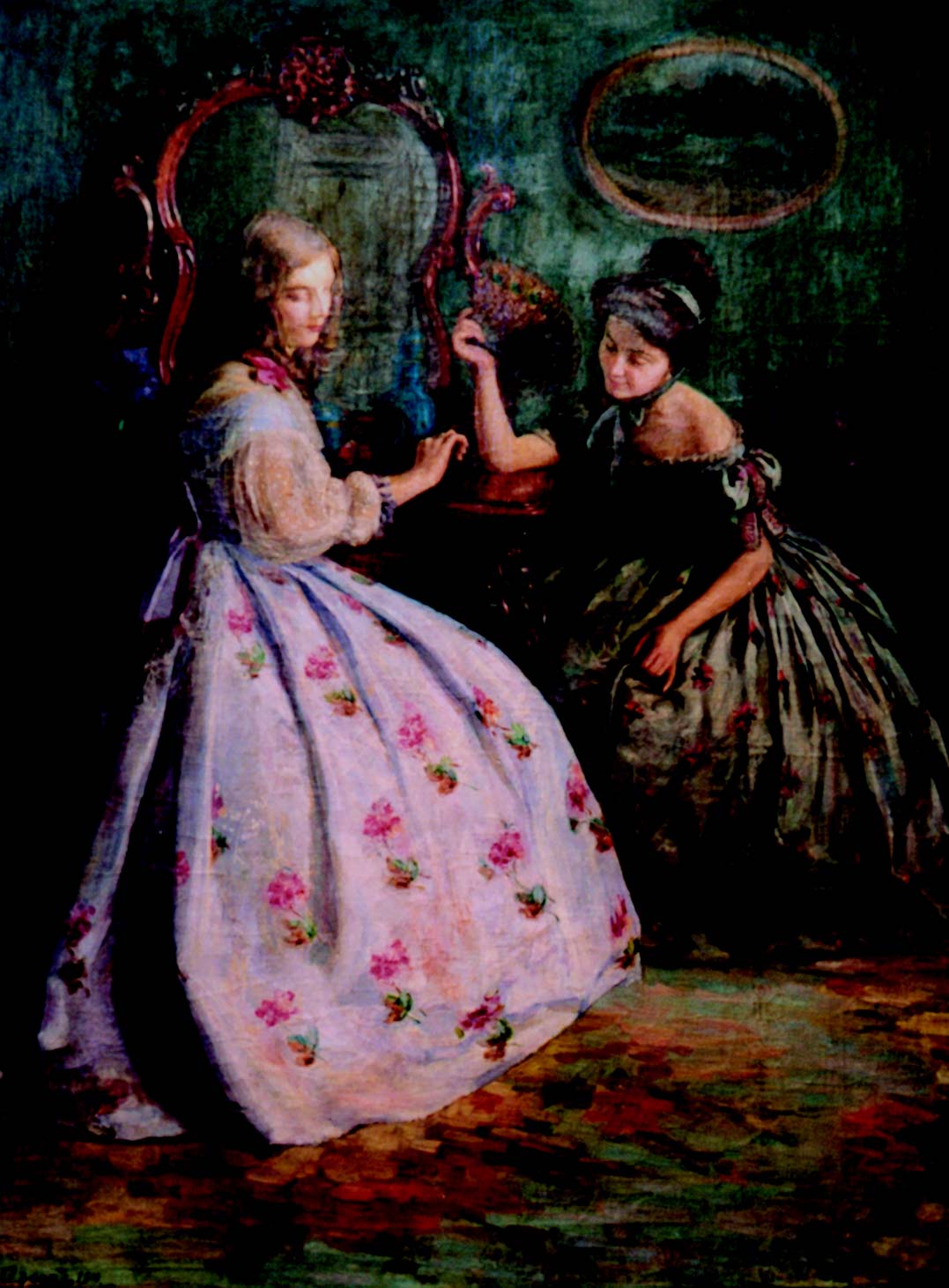Archive
Boris Eguize
- Boris
- Eguize
Борис Эгиз, Барух Эгиз, Борух Егіз, Bari Egizas, Bari Egiz
- 11-08-1869
- Odessa (UA)
- 23-09-1946
- Vilnius (LT)
- Painter
In Istanbul, Eguize actively advanced in the field of portraiture. After he had become a member of the Union of Russian Painters, he was described as "an absolutely valuable acquisition".
Word Count: 30

Boris Eguize (© The St. Petersburg Karaite Society. All Rights Reserved). 
Boris Eguize (© The St. Petersburg Karaite Society. All Rights Reserved). 
Portrait by Boris Eguize (Russkiye na Bosfore. Les Russes sur le Bosphore Almanac, 1928, n.p.). 
The Nude by Boris Eguize (© The St. Petersburg Karaite Society. All Rights Reserved). 
Lady Friends by Boris Eguize (© The St. Petersburg Karaite Society. All Rights Reserved). Anonymous. “Bari Egiz.” LithuanianArt.com, https://www.lithuanianart.com/authors/136. Accessed 20 May 2020.
Anonymous. “Boris Isayevich Eguize.” https://sites.google.com/site/krymvictor/, https://sites.google.com/site/krymvictor/home/EgizBI. Accessed 11 September 2020.
Bournakine, Anatoliy, editor. Russkiye na Bosfore. Les Russes sur le Bosphore. Imp. L. Babok & fils, 1928.
Leykind, Oleg, et al. Hudojniki Russkogo Zarubej’ya (2). Izd.dom “Mir”, 2019, pp. 680–681.
Sığırcı, Marina. My Rodom iz Stambula. Po sledam beloemigrantov v Turtsii. Bosfor Global Yayınları, 2021.
Ted’. “K Vystavke Hudojnikov.” Presse du Soir, 29 June 1923, n.p.
Word Count: 86
My deepest thanks go to the St. Petersburg Karaite Society for their assistance.
Word Count: 13
Istanbul, Ottoman Empire/Turkey (1922–1929); Paris, France (1929–1930); Vilnius, present-day Lithuania (1930–1946).
Küçük Yazıcı 4 (now presumably Tarlabaşı Blv. 79), Hüseyinağa, Beyoğlu, Istanbul (studio).
- Istanbul
- Ekaterina Aygün. "Boris Eguize." METROMOD Archive, 2021, https://archive.metromod.net/viewer.p/69/2949/object/5138-10436603, last modified: 16-09-2021.
-
Les Russes sur le BosphoreAlmanacIstanbul
The almanac Les Russes sur le Bosphore is a joint work of Russian-speaking émigrés in Istanbul who were faced with the challenge of leaving the country or becoming naturalised.
Word Count: 30
Union of Russian Painters in ConstantinopleAssociationIstanbulThe Union existed for less than two years but in that short space of time a tremendous amount of work was done by its members, refugees from the Russian Empire.
Word Count: 30